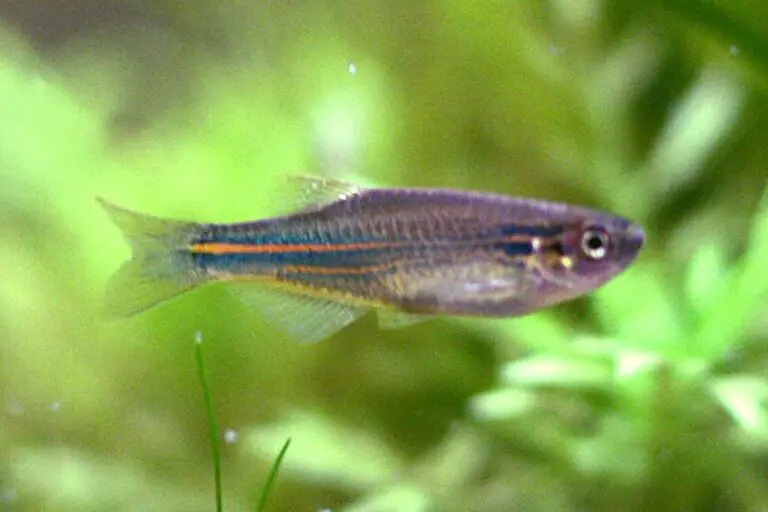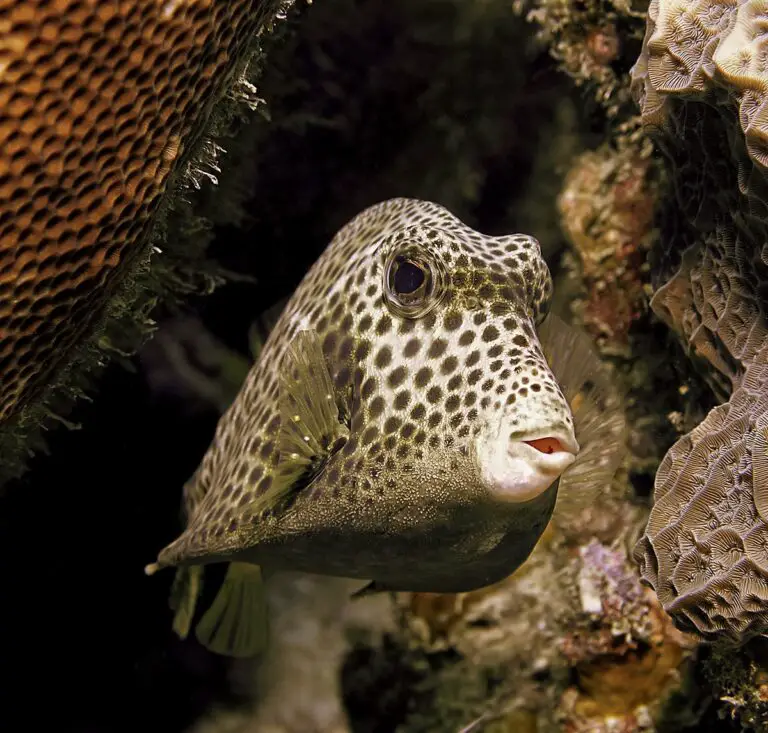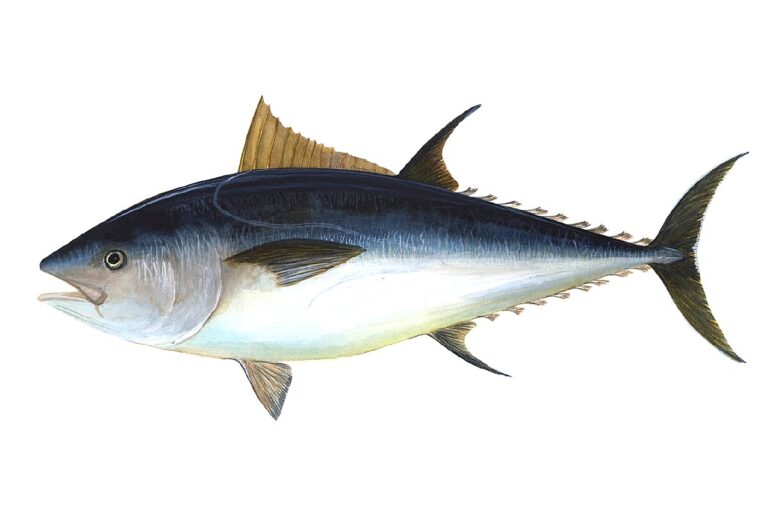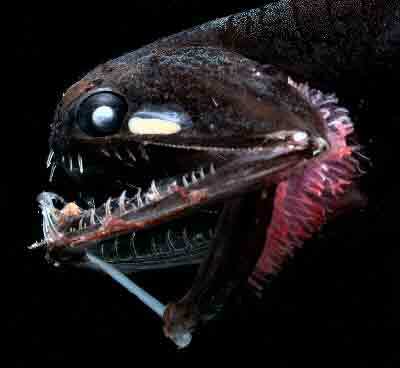Asian Carp
“Asian carp can consume 40% of their body weight in food a day!”
Scientific Classification
- Kingdom: Animalia
- Phylum: Chordata
- Class: Actinopterygii
- Order: Cypriniformes
- Family: Cyprinidae
- Genus: Cyprinus (varies depending on species)
- Scientific Name: Varies depending on the species
Conservation Status
- Vulnerable
Asian Carp Locations
- North America
Additional Information
Asian carp is a term used to describe several species of carp that are native to Asia but have been introduced to other parts of the world, particularly North America. These species include:
- Silver Carp (Hypophthalmichthys molitrix)
- Bighead Carp (Hypophthalmichthys nobilis)
- Grass Carp (Ctenopharyngodon idella)
- Black Carp (Mylopharyngodon piceus)
Each species may have slightly different scientific classifications but generally falls under the same family, Cyprinidae. They are considered invasive species in many areas outside their native range, causing ecological disruptions in waterways they inhabit.
Asian Carp Facts
- Prey: Worms, crustaceans, insects
- Name of Young: Fry
- Group Behavior: Group
- Fun Fact: Asian carp can consume 40% of their body weight in food a day!
- Biggest Threat: Human intervention
- Distinctive Feature: Ray fins
- Other Name(s): Carp
- Temperament: Social
- Predators: Alligator gar, native fish
- Diet: Omnivore
- Lifestyle: Crepuscular (active during twilight)
- Favorite Food: Vegetation
- Type: Fish
- Origin: Asia
- Number of Species: 4
- Location: Asia, United States
Asian Carp Physical Characteristics
Asian carp are known for their distinct physical characteristics and behaviors:
- Size: Can grow quite large, with some species reaching up to 4 feet in length and weighing over 100 pounds.
- Body Shape: Streamlined and elongated body, which aids in their swimming capabilities.
- Color: Typically silver or greyish, though it can vary slightly among different species.
- Fins: Ray fins that are prominent and aid in their movement through water.
- Mouth: Some species have a protruding lower jaw, which is an adaptation to their filter-feeding habits.
- Scales: Large, reflective scales that cover their bodies.
Asian carp are highly adaptable and can thrive in a variety of aquatic environments, which contributes to their invasive nature in non-native regions. Their ability to consume large amounts of food and outcompete native species for resources poses significant ecological challenges in the habitats they invade.
3 Facts About Asian Carp
- Invasive Species Threat:
Asian carp are considered an invasive species in the United States. They compete with native fish for resources such as food and habitat, posing a significant threat to local ecosystems. Their presence disrupts the balance of aquatic environments and can lead to declines in native fish populations. - High Consumption Rate:
Asian carp can consume up to 40% of their body weight in food each day. Their diet primarily consists of plankton, vegetation, and small aquatic organisms. This high consumption rate allows them to rapidly grow and reproduce, exacerbating their impact on the ecosystems they invade. - Adaptability:
Asian carp are hardy fish capable of adapting to a variety of water temperatures, conditions, and oxygen levels. This adaptability has contributed to their successful spread across diverse aquatic environments in the United States, from warm southern waters to cooler northern rivers and lakes.
Asian Carp Species
Asian Carp Species
The term “Asian carp” refers to several different species of fish, each with unique characteristics and native ranges. These species include:
- Black Carp (Mylopharyngodon piceus)
- Genus: Mylopharyngodon
- Native Range: Rivers and lakes in East Asia, including parts of China and Russia.
- Size: Considered one of the largest cyprinids in the world, black carp can grow to significant sizes.
- Diet: Primarily molluscivorous, feeding on snails and mollusks.
- Bighead Carp (Hypophthalmichthys nobilis)
- Genus: Hypophthalmichthys
- Native Range: East Asia.
- Aquaculture: Highly exploited in fish farming due to its rapid growth and high yield.
- Diet: Zooplankton, phytoplankton, and detritus, which they filter from the water.
- Silver Carp (Hypophthalmichthys molitrix)
- Genus: Hypophthalmichthys
- Native Range: Eastern Siberia and Asia.
- Conservation Status: Threatened in their natural habitats due to overfishing and habitat loss.
- Diet: Primarily filter feeders, consuming phytoplankton and zooplankton.
- Grass Carp (Ctenopharyngodon idella)
- Genus: Ctenopharyngodon
- Native Range: Pacific Far East, including China and Siberia.
- Diet: Herbivorous, feeding mainly on aquatic vegetation.
- Use in Management: Introduced in various regions to control aquatic weed growth.
These species are collectively referred to as Asian carp, particularly in regions where they have become invasive, such as the United States. They have been introduced for various purposes, including aquaculture and ecological management, but their spread has led to significant ecological impacts.
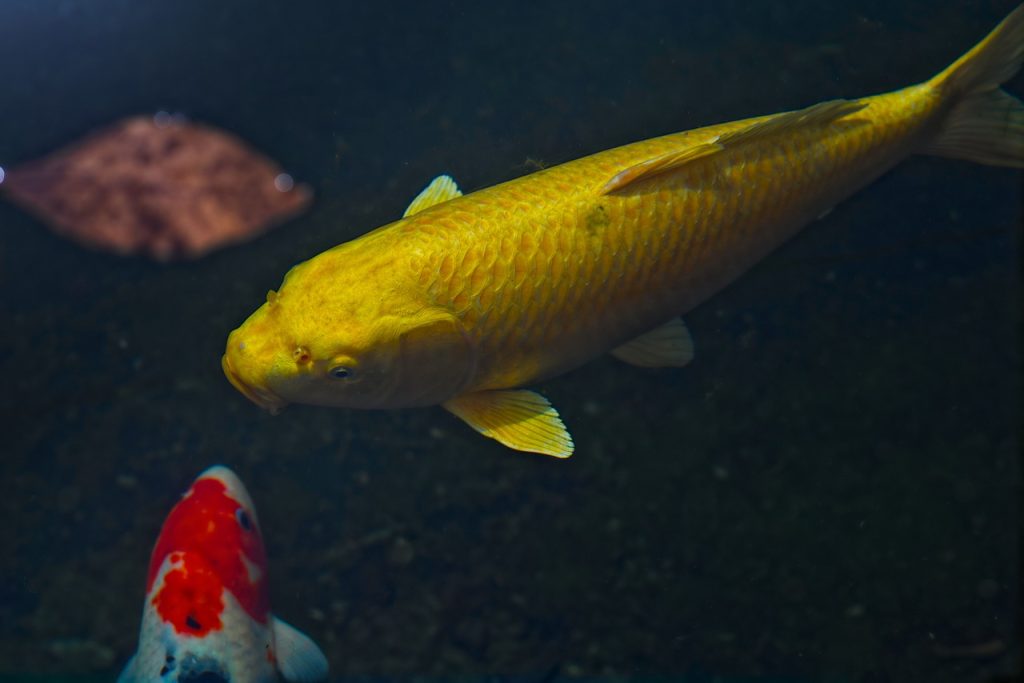
Asian Carp Classification and Scientific Name
Asian carp belong to a class of freshwater, ray-finned fishes. They consist of several different species, all members of the Cyprinidae family, which also includes minnows and common carp. The scientific names of these heavy-bodied fish vary depending on the species and genus. They are distributed across various native regions in Asia.
Scientific Classification:
- Class: Actinopterygii (ray-finned fishes)
- Order: Cypriniformes
- Family: Cyprinidae (carp and minnow family)
Species:
- Silver Carp (Hypophthalmichthys molitrix)
- Genus: Hypophthalmichthys
- Native Range: Eastern Siberia and Asia
- Diet: Filter feeders, primarily consuming phytoplankton and zooplankton
- Bighead Carp (Hypophthalmichthys nobilis)
- Genus: Hypophthalmichthys
- Native Range: East Asia
- Diet: Zooplankton, phytoplankton, and detritus, which they filter from the water
- Black Carp (Mylopharyngodon piceus)
- Genus: Mylopharyngodon
- Native Range: Rivers and lakes in East Asia, including parts of China and Russia
- Diet: Primarily molluscivorous, feeding on snails and mollusks
- Grass Carp (Ctenopharyngodon idella)
- Genus: Ctenopharyngodon
- Native Range: Pacific Far East, including China and Siberia
- Diet: Herbivorous, feeding mainly on aquatic vegetation
Characteristics and Impact
Asian carp are known for their rapid growth, high reproductive rates, and adaptability to various environments. These traits have allowed them to become highly invasive in regions outside their native range, particularly in the United States. They are a significant threat to local ecosystems as they compete with native fish for food and habitat, leading to declines in native species populations.
Efforts to manage and control the spread of Asian carp in non-native regions include physical barriers, increased fishing, and research into biological controls. Despite these efforts, their presence continues to pose ecological and economic challenges.
Asian Carp Appearance
General Appearance:
- Body Size: Asian carp are large, fast-growing fish. Their appearance can vary by species, but generally, they have a large body with short fins.
- Coloration: Their coloration can range from black, silver, bronze, brown, to slightly golden tints.
- Body Shape: Some species have a deeper body, while others have a more elongated shape.
Size:
- Average Weight: 30-40 pounds (13-18 kg).
- Maximum Weight: Up to 100 pounds (45 kg) depending on the species.
- Length: Typically two to four feet, depending on their environment, diet, and species.
Species-Specific Characteristics:
- Black Carp (Mylopharyngodon piceus):
- Size: One of the largest species, reaching up to 110 pounds (49 kg) and 57 inches (144 cm) in length.
- Color: Usually dark, hence the name “Black Carp.”
- Bighead Carp (Hypophthalmichthys nobilis):
- Size: Can also grow quite large, though generally slightly smaller than black carp.
- Color: Silver to gray with dark blotches on the back.
- Silver Carp (Hypophthalmichthys molitrix):
- Size: Typically smaller than bighead and black carp but still can reach significant sizes.
- Color: Silvery body, often with a more streamlined shape.
- Grass Carp (Ctenopharyngodon idella):
- Size: Large, herbivorous fish that can grow up to 4 feet.
- Color: Olive or dark brown on the back, with a lighter belly.
Adaptations and Growth
Highly adaptable and can thrive in a variety of aquatic environments, which has contributed to their invasive status in many regions. Their ability to grow rapidly and reach large sizes allows them to outcompete native species for resources.
The appearance of Asian carp varies across species, but all are characterized by their large size, rapid growth, and adaptability. They typically range in color from black to golden and can reach substantial weights and lengths, with the black carp being one of the largest species. Their physical characteristics, combined with their dietary habits and adaptability, make them a formidable presence in both native and non-native environments.
Asian Carp Distribution, Population, and Habitat
Origin and Current Distribution:
- Native Range: Asia
- Invasive Range:
- United States: Silver, grass, and bighead carp are found in exceptionally large numbers in the Mississippi River basin, where they are considered invasive.
- Great Lakes: Grass carp have been found in all Great Lakes except Lake Superior, but no silver or black carp have been found in these lakes.
- Mexico: Grass carp are abundant and invasive in two different river systems.
Preferred Habitat:
- Freshwater Systems: Includes lakes, rivers, and other water bodies with temperate or tropical water conditions.
- Substrate and Vegetation: Prefer lakes with a sandy substrate and plenty of vegetation, but can survive in a variety of conditions due to their hardiness.
Where to Find Asian Carp
- United States: Common in the Mississippi River basin and several other water systems.
- China: Native habitat.
- Southern Russia: Native habitat.
How to Catch Asian Carp
Fishing Methods:
- Bait: Small or medium-sized dough balls on large hooks are effective for catching Asian carp.
- Techniques:
- Bowfishing: Highly recommended method for catching Asian carp due to their tendency to lurk around the bottom of lakes and ponds.
- Traditional Fishing: Use bait to lure them out from deeper waters, typically where there is a lot of vegetation.
Fishing Tips:
- Location: Target areas with dense vegetation as Asian carp tend to stay around the bottom of lakes and ponds.
- Tools: Large hooks and dough balls as bait; bowfishing equipment if using the bowfishing method.
Asian carp are invasive in the United States, especially in the Mississippi River basin, and have spread to the Great Lakes and Mexico. They thrive in freshwater systems with temperate or tropical conditions, favoring sandy substrates and vegetation but are adaptable to various environments. Fishing for Asian carp can be effectively done using bait like dough balls or through bowfishing, targeting their preferred habitats around the bottom of lakes and ponds.
Asian Carp Predators and Prey
What Eats Asian Carp?
- Natural Predators:
- Carnivorous Native Fish: Various native fish species that are carnivorous can prey on Asian carp, particularly when they are young.
- Alligator Gar: Used in some areas to help control Asian carp populations due to their ability to prey on these invasive fish.
- Humans: Asian carp are also caught and consumed by humans, which helps to some extent in managing their populations.
What Does Asian Carp Eat?
Asian carp are omnivores with a diverse diet that allows them to thrive in various environments. Their feeding habits include:
- Zooplankton: A primary component of their diet, especially for silver and bighead carp, which are filter feeders.
- Worms: An important food source, particularly for younger carp.
- Small Sea Creatures: Various small aquatic organisms.
- Crustaceans: Such as small shrimp and other similar creatures.
- Insects: Both aquatic and terrestrial insects that fall into the water.
- Aquatic Vegetation: Grass carp, in particular, are herbivorous and consume large amounts of aquatic plants.
Feeding Capacity:
- Consumption Rate: Asian carp can consume up to 40% of their body weight in food each day.
- Impact on Ecosystems: This high consumption rate makes them highly competitive for food resources, posing a significant threat to native fish and vegetation. Their voracious feeding habits can lead to decreased food availability for native species and alteration of aquatic ecosystems.
Asian carp face predation from various native carnivorous fish and alligator gar, which are used in some regions to control their populations. Their diet includes a wide range of food sources, making them omnivores. They primarily feed on zooplankton, worms, crustaceans, insects, and aquatic vegetation. Their ability to consume large amounts of food daily contributes to their status as invasive species, as they outcompete native fish for resources and disrupt local ecosystems.
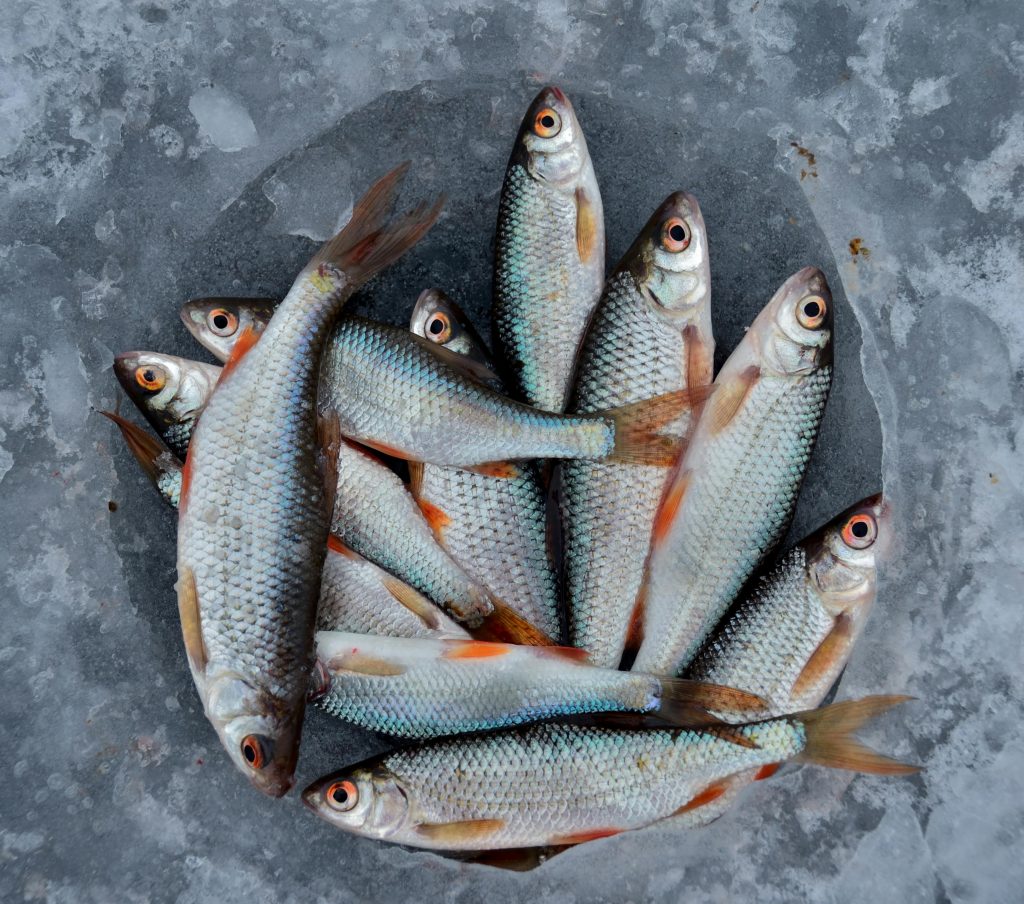
Asian Carp Reproduction and Lifespan
Reproduction:
- Spawning Season: Asian carp, particularly bigheaded carp, spawn from spring to summer when water temperatures are moderately warm, which triggers their spawning behavior.
- Spawning Habitat: They seek shallow waters with abundant vegetation for laying their eggs. This vegetation provides a substrate for the eggs to cling to, offering some protection from predators.
- Egg Laying: Asian carp can continue to lay eggs as late as September if conditions are favorable. The eggs are distributed over a wide area in the water rather than being concentrated in one spot, which increases their chances of survival.
- Predation: Despite their efforts to lay eggs in protective environments, the eggs are still vulnerable to predation by various aquatic organisms.
Lifespan:
- Typical Lifespan: Asian carp have a relatively long lifespan of 10 to 25 years.
- Factors Influencing Lifespan:
- Food Availability: Sufficient food resources contribute to their longevity.
- Water Conditions: Clean, well-oxygenated water supports their health and lifespan.
- Reproductive Rate: High reproductive rates ensure stable populations, although environmental stressors can impact their lifespan.
Asian carp reproduce efficiently and have a long lifespan, which aids in maintaining their populations in the wild. They spawn in warm, shallow, vegetated waters from spring to summer, with the potential to lay eggs until September under favorable conditions. These eggs are dispersed over a wide area, increasing their survival chances despite predation threats. With a lifespan ranging from 10 to 25 years, Asian carp can sustain their populations, influenced by food availability, water quality, and reproductive success.
Asian Carp In Food
Edibility:
- Taste: Asian carp are considered quite tasty, with firm, white flesh.
- Safety: They are safe to eat when farmed in clean water. However, caution is advised against eating Asian carp directly from wild habitats, which might be contaminated.
- Nutritional Benefits: Asian carp are believed to be lower in mercury compared to other fish because they do not feed on other fish, reducing the risk of bioaccumulation of toxins.
Preparation and Cooking:
- Intramuscular Bones: One notable challenge when preparing Asian carp is the presence of numerous intramuscular bones, which can be undesirable and require careful removal during filleting.
- Culinary Popularity: Asian carp have been a staple in Asian cuisine for thousands of years.
- Cooking Methods:
- Soups: Asian carp can be used to make flavorful soups.
- Fillets: They can be filleted and cooked in various ways.
- Condiments: Commonly enjoyed with soya sauce and other traditional condiments to enhance their flavor.
Asian carp are edible and known for their tasty, firm, white flesh. While safe to eat when farmed in clean water, they should be consumed with caution if sourced from wild habitats due to potential contamination. Despite the challenge of intramuscular bones, Asian carp have been a popular food in Asia for centuries, often prepared in soups or as fillets, and typically enjoyed with soya sauce. Their lower mercury levels make them a healthier fish choice compared to many predatory species.
Asian Carp Population
Invasion and Control of Asian Carp
Introduction and Spread:
- Introduction: Asian carp were originally introduced into various waters around the world for purposes such as aquaculture, algae control, and sewage treatment. However, they have escaped from these controlled environments and invaded native waters.
- Invasive Nature: Once introduced, Asian carp populations rapidly increase due to their high reproductive rates and adaptability. This has led to significant ecological impacts in the regions they invade.
Impact on Native Ecosystems:
- Competition: Asian carp compete with native fish for food and habitat, often outcompeting and displacing them. Their voracious appetite allows them to consume large quantities of plankton and other food resources, which can lead to a decline in native fish populations.
- Ecological Disruption: Their presence disrupts the balance of aquatic ecosystems, affecting not only fish but also other aquatic organisms that depend on the same food sources.
Control Measures:
- Physical Barriers: Efforts to prevent the spread of Asian carp include installing physical barriers, such as electric barriers, to stop their movement into new water bodies.
- Fishing and Removal: Increased fishing efforts and removal programs aim to reduce their numbers. This includes commercial fishing and targeted removal operations.
- Biological Controls: Research is ongoing into potential biological controls, such as introducing natural predators or developing specific diseases that target Asian carp without affecting native species.
- Public Awareness and Regulations: Raising public awareness and implementing regulations on the transport and release of Asian carp are also important strategies to control their spread.
Population Hotspots:
- Mississippi River Basin: The highest population of Asian carp is found in the Mississippi River basin and its tributaries, where they have become one of the most common fish species. Their presence here poses a significant threat to the river’s biodiversity and ecosystem health.
Asian carp have become invasive in many regions outside their native habitats, particularly in the United States. Their rapid population growth and adaptability have led to significant ecological impacts, especially in the Mississippi River basin. Various control measures, including physical barriers, fishing efforts, biological controls, and public awareness campaigns, are in place to help manage and reduce their populations in invaded waters.
Lastly…
Conclusion on Asian Carp
Asian carp, introduced into various waters for aquaculture and algae control, have become highly invasive outside their native habitats. Their rapid population growth, adaptability, and voracious feeding habits significantly disrupt local ecosystems, outcompeting native fish and altering aquatic environments. The highest populations are found in the Mississippi River basin. Efforts to control their spread include physical barriers, increased fishing, and research into biological controls. Managing Asian carp populations is crucial to preserving native biodiversity and maintaining balanced aquatic ecosystems.
Reference:
